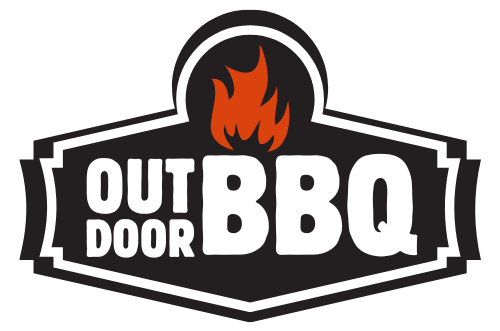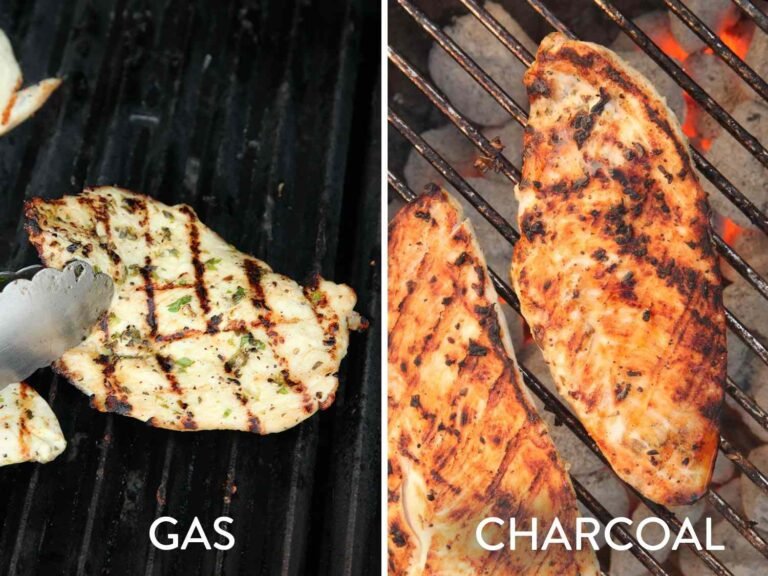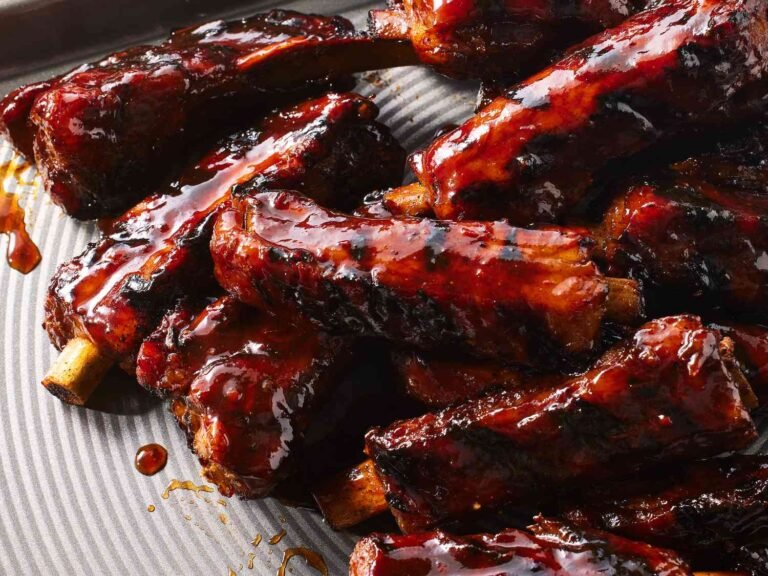Grilling can turn a meal into a fun event. Mastering the BBQ is an art worth learning.
Picture a sunny day, the aroma of grilling food fills the air, and laughter echoes around the backyard. It’s your turn to take the stage with a pair of tongs. But where do you start? Fear not, as we’ve got you covered with essential BBQ tips for beginners that will elevate your grill game.
From choosing the right cuts of meat to mastering the heat, this guide will walk you through the basics. You’ll learn how to prep your grill, what tools you’ll need, and how to ensure your food is both safe to eat and delicious. Say goodbye to charred sausages and hello to juicy steaks. Let’s turn that grill on and get cooking!
Igniting The Bbq Journey
Welcome to the thrill of grilling! Embrace the warmth, the sizzle, and the mouthwatering aromas that come with BBQ. It’s a journey that transforms the novice into a grill master. Let’s fuel the fire and get started on this delicious path.
Choosing The Right Equipment
Start strong with the right tools. A good grill fits your space, budget, and style. Think long-term and invest in quality that endures countless cookouts. Don’t forget essential accessories like tongs, spatulas, and brushes. They make a big difference.
Understanding Different Types Of Grills
Grills are not all the same. Each type offers unique flavors and experiences. Charcoal grills give that classic smoky taste. Gas grills offer convenience and control. Electric grills work well for small spaces with no flames allowed. Choose what suits you best and dive in.

Fuel For Thought
Fuel for Thought is crucial for BBQ beginners. The right fuel affects taste, cooking time, and ease. Let’s explore Charcoal vs. Gas and how to manage heat.
Charcoal Vs. Gas: Pros And Cons
| Charcoal | Gas |
|---|---|
|
|
Mastering Heat Management
Control heat for perfect BBQ. Tips:
- Start slow: Low heat cooks evenly.
- Use zones: Hot for searing. Cool for slow cooking.
- Keep lid closed: Traps heat. Cooks faster.
The Meat Of The Matter
Welcome to the heart of barbecue: The Meat of the Matter. Getting this right makes all the difference. Let’s dive into how to pick the best cuts and add flavors that wow.
Selecting Quality Cuts
Great BBQ starts with the right meat. Look for fresh, not frozen, cuts. Bright color and marbling matter; they mean flavor and tenderness. Your local butcher can help. Aim for higher-grade labels; they often mean better quality. Don’t shy away from lesser-known cuts like tri-tip or chuck. They can surprise you.
Marinades And Rubs: Flavor Infusion
Marinades tenderize and add moisture. Keep them acidic with vinegar or citrus. This breaks down tough fibers. Rubs create a crust and seal in flavors. Mix your spices; think salt, sugar, and chili. Apply rubs evenly and let them set. This step is key. Give your meat time to soak up these tastes.
Tools Of The Trade
Grilling can be as simple or as complex as you make it. But, with the right BBQ tools, even beginners can grill like pros. Here’s a rundown of the essential tools to get started.
Essential Bbq Utensils
- Tongs: For flipping and moving food safely.
- Spatula: A must-have for burgers and fish.
- Grill brush: Keeps the grill grate clean.
- Skewers: Perfect for kebabs and grilled veggies.
- Basting brush: For adding sauces and marinades.
Selecting quality utensils makes a big difference. Look for long handles to keep hands away from heat. Stainless steel tools are durable and easy to clean.
Thermometers And Timers For Precision
Perfect doneness isn’t a guessing game. Tools like thermometers and timers bring precision to grilling.
| Tool | Use |
|---|---|
| Meat thermometer | Checks internal temperature for safety. |
| Digital timer | Tracks cooking time. |
Instant-read thermometers give quick, accurate readings. Use a timer to remind you when to check food. This helps avoid overcooking.
Prep Work
Starting a BBQ can be exciting. The right prep work makes a big difference. Let’s dive into how to get meats and veggies ready. Plus, some important safety tips.
Prepping Meats And Veggies
Clean your meats and veggies first. Use cold water. Pat them dry after. For meats, add spices or a rub. Let them sit. This adds flavor. For veggies, cut them into big pieces. They cook better this way. Coat lightly with oil. Now, they won’t stick to the grill.
Safety Tips: Handling And Hygiene
Always wash hands before starting. Use separate boards for meats and veggies. This avoids germs spreading. Keep raw and cooked foods apart. Use a food thermometer. Make sure meats reach safe temperatures. Lastly, clean your grill before and after use. A clean grill is a safe grill.
Grilling Techniques
Welcome to the sizzling world of BBQ! Grilling is both art and science. Today, we delve into the heart of BBQ — grilling techniques. Master these, and you’re on your way to becoming a grill champion. Let’s turn up the heat and get grilling!
Direct Vs. Indirect Grilling
Understanding heat is key. There are two main methods: direct and indirect grilling.
- Direct grilling means cooking food directly over the heat source. It’s fast and perfect for steaks and burgers.
- Indirect grilling involves heat surrounding the food, not underneath. Ideal for larger cuts requiring longer cooking times.
Choose your method based on meat size and cooking time. Small, quick-cook items thrive with direct heat. Bigger, slower-cook items need indirect heat.
Flipping And Rotating For Even Cooking
Even cooking makes perfect BBQ. Flipping and rotating are key moves.
- Start by placing your meat on the hot grill.
- Wait a few minutes, then flip it to the other side. This gives beautiful grill marks.
- Keep an eye on the clock. Turn your food every few minutes.
- If you’re using indirect heat, rotate the meat 180 degrees for an even cook.
Remember, patience is your friend. Resist the urge to flip too often. Give the meat time to cook and develop flavors. Happy grilling!
Saucing And Serving
Perfect BBQ involves more than just grilling. Saucing and serving are key to delicious results. Let’s dive into techniques that elevate your grilling game.
Applying Sauces And Glazes
Timing is crucial for sauces and glazes. Apply too early, and sugars might burn. Too late, and flavors won’t meld.
- Use a brush to spread sauces evenly.
- Sauce meat during the last 10-20 minutes of cooking.
- Low heat helps glazes caramelize without charring.
Resting Meat: Timing And Techniques
Rest your meat before serving. This step is non-negotiable.
- Remove meat from heat and let it sit.
- Cover lightly with foil to keep warm.
- Rest steaks for 5-10 minutes; larger cuts for 10-20 minutes.
Resting allows juices to redistribute for optimal tenderness.

Beyond The Grill
Grilling is just the start. Making a BBQ shine involves more. Think sides, drinks, and how you serve it. Let’s dive into making your BBQ unforgettable, beyond just the grill.
Sides And Pairings
Choosing the right sides makes a big difference. Simple, fresh ingredients work best. Consider these:
- Grilled veggies: peppers, onions, zucchini.
- Cold salads: potato salad, coleslaw, pasta salad.
- Breads: cornbread, garlic bread, dinner rolls.
Drinks matter too. Pair meats with suitable drinks:
| Meat | Drink |
|---|---|
| Beef | Red wine or dark beer |
| Chicken | White wine or light beer |
| Pork | Apple cider or pale ale |
Balance is key. Mix flavors and textures.
Presentation And Plating
First impressions count. How food looks affects taste. Use these tips:
- Use big platters. They make the food stand out.
- Color matters. Add greens or edible flowers for pop.
- Keep it neat. Arrange food with space between items.
Remember, your BBQ is an experience. Make it memorable with great sides, drinks, and presentation. Enjoy your BBQ journey!
Troubleshooting Common Pitfalls
Starting your BBQ journey can come with a few hiccups. Knowing how to fix common BBQ mistakes makes grilling enjoyable. Let’s tackle some usual issues beginners face.
Avoiding Overcooking And Flare-ups
Overcooked meat can disappoint. Use a meat thermometer to check doneness. Keep an eye on the grill to prevent flare-ups. Trim excess fat off meat to reduce risks.
- Meat thermometer: Ensures perfect cooking
- Excess fat: Trim it off to avoid fires
- Grill watch: Stay close, watch for flames
Solving Temperature Control Issues
Controlling heat is key for good BBQ. Use vents to manage airflow and temperature. Keep a consistent fuel source to maintain even heat.
| Problem | Solution |
|---|---|
| Low Heat | Open vents for more air |
| High Heat | Close vents to reduce air |
| Uneven Heat | Arrange coals evenly |
Practice makes perfect. Keep trying and adjusting.

Bbq Community And Resources
Welcome to the BBQ Community and Resources section! Grilling is more than cooking; it’s a culture. New BBQ enthusiasts can find guidance and camaraderie within this vibrant community. Discover resources and connect with fellow grillers to enhance your BBQ skills.
Connecting With Fellow Grillers
Jump into the grilling community to share experiences and tips. Local BBQ events and online forums are perfect for this. Social media groups also offer a place to connect. Look for BBQ-related hashtags and accounts. Engage in conversations and make grilling buddies. They can offer advice and support as you learn.
Books And Online Guides For Continuous Learning
Never stop learning about BBQ. Many books and online guides are available for beginners. They cover basics and advanced techniques. Look for titles with high ratings and positive reviews. Online BBQ courses also offer step-by-step instructions. They often include videos, which can be easier to follow than text.
- Start with beginner-friendly books
- Search for guides with clear instructions and pictures
- Consider eBooks for quick and easy access
- Explore video tutorials on popular cooking channels
Frequently Asked Questions
What’s The Best Meat For A Beginner Bbq?
Choosing meats that are forgiving and easy to cook is key for beginners. Chicken thighs, sausages, and pork ribs are great starting points. They’re less prone to drying out and can withstand varying temperatures while still delivering delicious results.
How Long Should I Preheat My Grill?
Preheat your grill for at least 15 to 20 minutes before cooking. This ensures a good sear on the meats, helps prevent sticking, and kills off any bacteria. It’s an essential step for achieving the best flavor and texture in your BBQ.
Can I Bbq In Rainy Weather?
Yes, you can BBQ in the rain with some adjustments. Use a grill cover to protect your food and maintain a consistent temperature. Also, consider a canopy or umbrella to shield your grill. Just be cautious of safety and avoid any water near electrical components.
What Bbq Tools Do I Absolutely Need?
A good set of BBQ tools includes a spatula, tongs, grill brush, and meat thermometer. These tools are crucial for handling food safely, maintaining a clean grill surface, and ensuring your meats are cooked to the perfect temperature.
Conclusion
Grilling can be simple and fun, with the right tips. Start with basics and practice. Clean your grill, choose the right tools, and learn heat control. Remember, patience brings tasty results. Try new recipes and don’t be afraid to make mistakes.
Every BBQ master was once a beginner. Keep these tips in mind and your next cookout will be a hit. Fire up the grill and enjoy the journey to delicious barbecues. Happy grilling!




